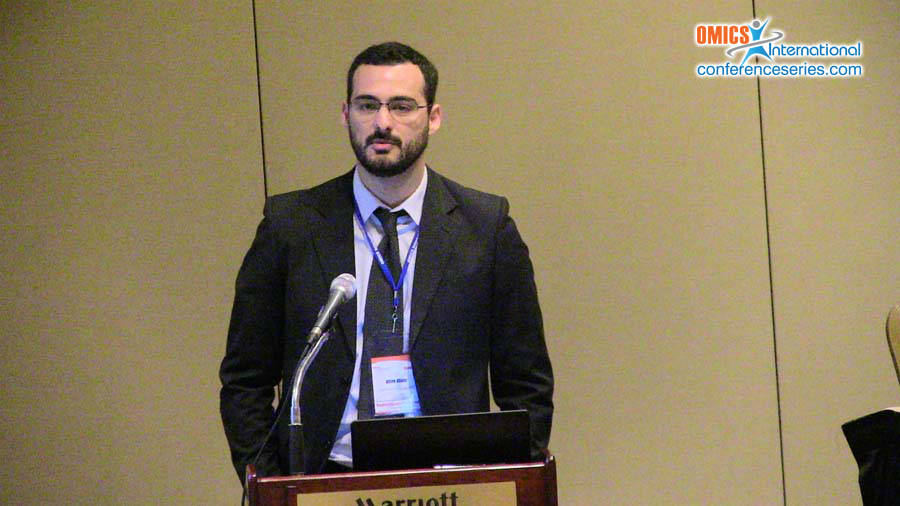
Allan Felipe Fattori Alves
Bioscience Institute of University, Brazil
Title: Ischemic stroke detection through image processing techniques
Biography
Biography: Allan Felipe Fattori Alves
Abstract
Stroke is a leading cause of death worldwide. The early diagnosis of both types is essential to avoid irreversible cerebral damage. Non-Enhanced Computed Tomography (NECT) is one of the main diagnostic techniques used to detect strokes. NECT has a wide accessibility to the population, although it is relatively insensitive in detecting acute and small cortical or subcortical infarctions. The Alberta Stroke Program Early CT Score (ASPECTS) is a subjective method of analysis which associated to an adequate CT “windowing and leveling†may increase the detection rate. In this research, we proposed the implementation of an image segmentation system to enhance ischemic stroke and quantify the area and volume of these lesions in NECT. We used different image processing techniques such as morphological filters, discrete wavelet transform and fuzzy c means clustering and developed an automatic computed algorithm to process all images. Subjective analyzes were performed by a neuroradiologist according to the ASPECTS score. These subjective analysis results were compared with objective analyzes performed by the computational algorithm. We evaluated 10 patients with NECT examinations diagnosed with ischemic stroke. Preliminary results indicate that the morphological filters actually improve the ischemic areas. The comparison in area of the ischemic region contoured by the neuroradiologist and the defined area by computational algorithm showed no deviations greater than 12% in any exams. These results show the importance of a computer aided diagnosis software to assist neuroradiology decisions, especially in critical situations such as ischemic stroke.
Speaker Presentations
Speaker PPTs Click Here


